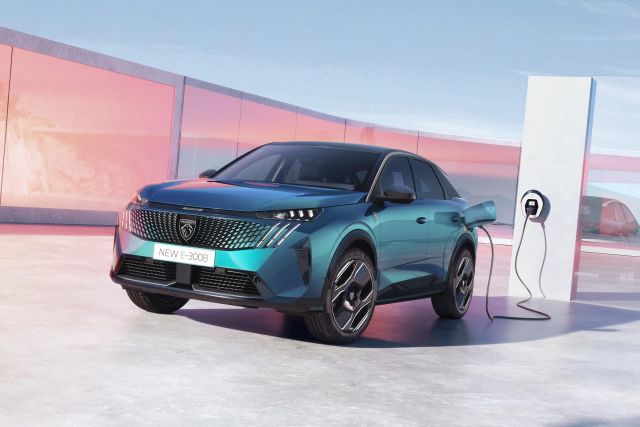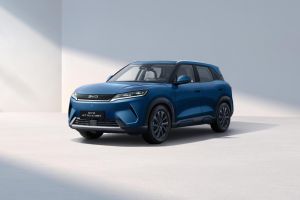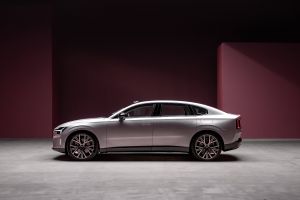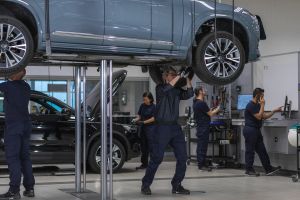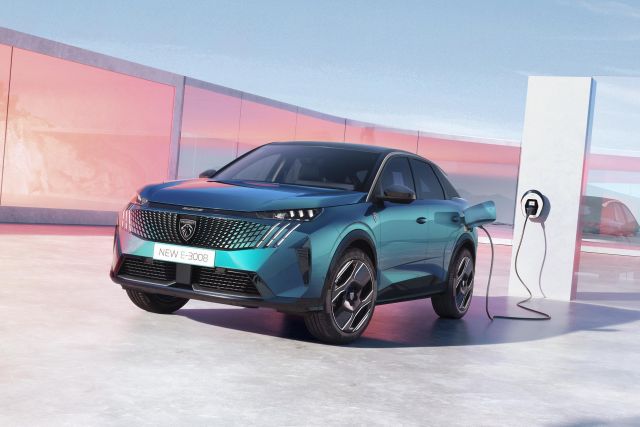
The EV battery plans also mark a further strengthening of ties with China after the Franco-Italian carmaker shut down its previous JV, Guangzhou Automobile Group, last year. Last month Stellantis announced a R29.4 billion deal to buy a stake in Chinese EV maker, Leapmotor.
Stellantis and CATL announced a preliminary agreement for the supply of lithium iron phosphate (LFP) battery cells and modules for the automaker's EV production in Europe and said they were considering setting up a 50-50 joint venture in the region.
The JV plan with CATL is aimed at building a new gigafactory in Europe to make LFP batteries, says Maxime Picat, Stellantis Global Head of Purchasing and Supply Chain.
LFP batteries are cheaper to produce but less powerful compared to nickel manganese cobalt (NMC) batteries, the other current mainstream technology.
Discussions were ongoing with CATL on the JV plan and a few more months were needed to finalise it, Picat said, declining to provide details about the possible location of the new battery facility. It would be CATL's latest investment in the region, as it expands outside its home market.
Europe's carmakers and governments are pouring billions of euros into building battery plants on their home turf to reduce their dependency on Asia. At the same time, Chinese battery makers, like CATL, are building plants in Europe for European-made EVs.
Picat said the deals with CATL would complement the group's electrification strategy, with LFP batteries helping cut production costs in Europe, while maintaining output of NMC batteries for more expensive cars.
LFP batteries suit Stellantis’s low-cost EVs such as the recently unveiled Citroen e-C3, which now costs as little as R477 000 and whose price is projected to be further cut to around R410 000 for its shorter-range version.
Picat, however, says LFP batteries, which compromise between autonomy and cost, would have a wide scope within the group, as affordability was key.
"Definitely what we are aiming at is to grow those LFP batteries on multi-segment, because affordability is needed in many different segments, being passenger vehicle or potentially commercial vehicles," he says.
In Europe, Stellantis – the owner of brands including Jeep, Peugeot, Fiat and Alfa Romeo – is building three gigafactories in France, Germany and Italy through its ACC joint venture with Mercedes and TotalEnergies, specialising in NMC chemistry.
Under the latest agreement, CATL will initially supply LFP batteries to Stellantis for EVs in its passenger car, crossover and small and medium-sized SUV segments.



